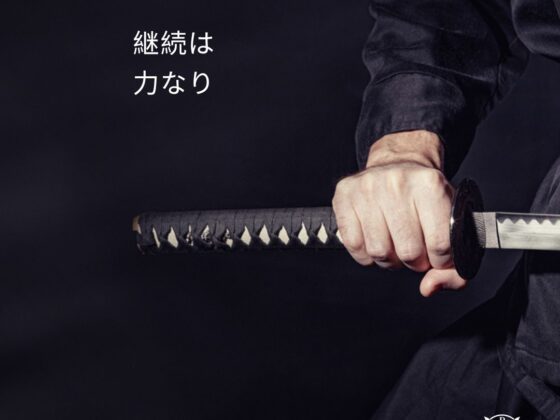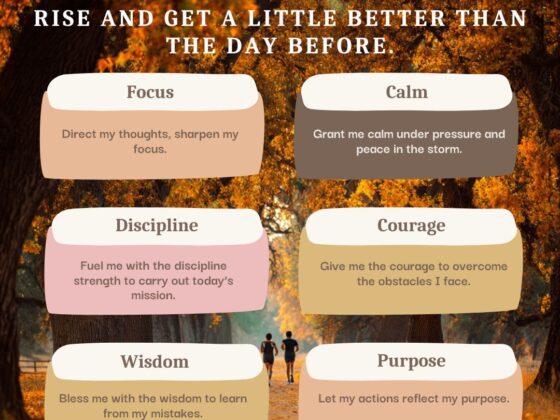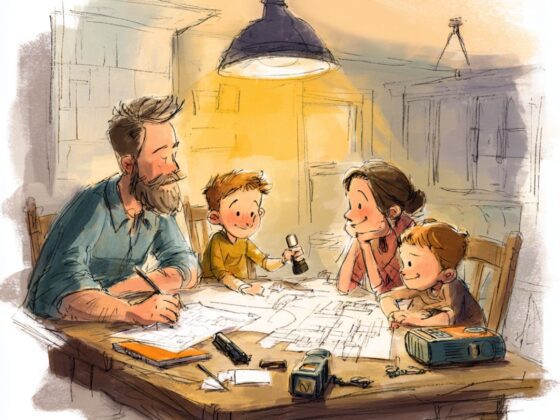“Education is not the learning of facts, but the training of the mind to think.”
– Albert Einstein
I have always loved this quote. Albert Einstein’s words remind us that true education is not about cramming facts but cultivating the ability to think critically. Critical thinking forms the foundation of intellectual growth, enabling individuals to analyze, question, and deeply understand the world rather than passively absorb information.
The Essence of Critical Thinking
Critical thinking goes beyond mere memorization of facts. It involves analyzing, questioning, and understanding information in a more profound, more meaningful way. This skill is crucial in today’s information-rich world, where the ability to discern credible sources and make informed decisions is more critical than ever.
Whether you’re solving problems at work, debating social issues, or making personal life choices, the ability to think critically is a skill that empowers you to approach challenges with confidence and clarity.
When we are younger, we often approach disagreements emotionally because our decision-making is heavily influenced by immediate feelings, personal pride, or a desire to “win” an argument.
Imagine a teenager who gets into a heated argument with a friend about whose fault it was that they missed a group project deadline. The teenager might instinctively blame the friend, passionately defend their position, and feel offended if their friend criticizes them. They might focus on proving they are right without fully considering the situation’s context or the friend’s perspective. The argument escalates, and the relationship strains. The focus is on feelings rather than finding a constructive solution.
To this day, I can remember broken relationships from my youth because of emotional fallout or pride. My best friend and I stopped talking over our ability to keep emotion out of how to do something as basic as dividing up the funds from our window-washing business.
As we gain life experience, we start to see the value of pausing, analyzing situations, and seeking understanding rather than reacting impulsively. For example, an adult in a typical 9 to 5 workplace faces a similar situation—a missed team deadline. Instead of reacting emotionally, the adult takes a moment to reflect on what happened. They might ask probing questions like, what were the specific reasons for the missed deadline? How did my actions contribute to this outcome? How can we work together to prevent this issue in the future? The response shifts from assigning blame to analyzing the problem, understanding the bigger picture, and collaborating on a solution. The relationship is preserved or strengthened, and the group identifies practical steps for improvement.
As an experienced professional, I am amazed at how many people late in life cannot make the jump and still act as high school teenagers when dealing with personal or workplace conflicts. They react emotionally and do not think critically.
Building a Skill Stack for Critical Thinking
Another essential item to add to our skill stack is the ability to question assumptions, analyze information, and approach problems logically to make informed decisions in all aspects of life.
- Filter for Reality. A systems thinking approach is one of the most effective tools for critical thinking. This method involves analyzing situations holistically and understanding how components within a system interact rather than viewing them in isolation.
Why does this matter? Humans are naturally prone to cognitive biases that skew our perception of reality. For instance, we often seek information confirming our beliefs (confirmation bias) and ignore evidence that contradicts them. Systems thinking helps counteract this tendency by encouraging a deeper understanding of interconnected factors influencing outcomes.
By stepping back and considering how each puzzle piece fits into the larger picture, you’re less likely to be misled by surface-level emotions or fleeting trends. This logical, structured thinking fosters clarity and allows for better problem-solving. - Avoid Cognitive Biases. Recognizing cognitive biases and avoiding common mental traps that hinder clear thinking is vital. Cognitive biases are mental shortcuts that can lead to flawed judgments, missed opportunities, and suboptimal outcomes. Cognitive biases skew reality. Critical thinking can improve decision-making, maximize success, create better systems, and enhance our ability to persuade and influence.
Critical thinkers make a conscious effort to identify and overcome these biases. This requires reflection and the willingness to challenge your own thought processes. Addressing biases head-on creates space for more transparent decision-making and more innovative solutions. - Question Assumptions. We should always encourage the challenge of assumptions and view problems from multiple perspectives. Challenge your beliefs all the time. We often focus on what we think is true instead of thinking outside the box, especially when confronted with perspectives we disagree with. Make an effort to find innovative solutions and avoid conventional thinking traps.
Critical thinking requires the ability to challenge assumptions. Often, we rely on ingrained beliefs or conventional wisdom without considering alternative perspectives, which limits our creativity and blinds us to potential solutions.
Instead, make it a habit to question the “why” behind every assumption. Ask yourself: Is this belief based on evidence or tradition? What if the opposite were true? Are there perspectives I haven’t considered?
By questioning assumptions, you cultivate an open mind and develop the ability to think “outside the box.” This approach fosters innovation and ensures outdated or narrow viewpoints do not trap you. - Focus on Systems Over Goals: This is one of my favorites, and I referenced my newsletter, Systems vs. Goals, above. Critical thinking involves creating systems for success rather than relying solely on goal-setting. Systems allow for ongoing improvement and adaptability, which are crucial for long-term success.
One of the most powerful shifts in critical thinking is moving from a goal-oriented mindset to a systems-oriented mindset. While goals are valuable, they can be rigid and short-term. On the other hand, systems create a framework for continuous growth and adaptability.
A Real World Example
An example might be setting a goal to be promoted to manager within one year. To achieve this goal, you must focus entirely on getting the promotion. You apply for it, work extra hours, and give it your all, waiting for the right opportunity. If the promotion does not occur because of things you cannot control, you become frustrated and feel like a failure. You pour all your energy into this objective—working overtime, applying for roles, and waiting for the right opportunity. But what happens if external factors (like company restructuring) prevent the promotion? You might feel frustrated or view yourself as a failure.
Now, imagine leveraging critical thinking and taking a systems approach instead. Instead of fixating solely on the promotion, you focus on a process that builds your career over time.
First, critically analyze your goal of becoming a manager. Ask you key questions like:
- Why do I want this promotion?
- What skills or qualities does a manager need that I may lack?
- What factors beyond my control could affect this goal, and how can I mitigate them?
This analysis helps you shift from emotional reactions (e.g., frustration over delays) to practical, forward-thinking solutions.
Second, create a process for continuous improvement. Develop systems that prepare you for management and open doors to other opportunities. For example:
- Pursue Professional Development: Take leadership and management courses or certifications. These efforts demonstrate initiative and enhance your qualifications.
- Seek Feedback Regularly: Meet with supervisors and mentors to identify areas of improvement and adjust your approach based on constructive input.
- Build Relationships: Network within and outside your organization. Strong professional relationships often lead to opportunities you might not otherwise encounter.
- Stay Updated: Keep up with industry trends and best practices to stay competitive and demonstrate expertise.
Finally, make sure that you evaluate your progress systematically. Regularly assess your progress to make sure your assumptions and systems are correct. Again, ask yourself questions like:
- Are you improving your leadership skills?
- Have you expanded your professional network?
- Have you received any certifications in your area of expertise?
- Are you being recognized for your contributions to the organization?
By focusing on critical thinking and continuous improvement, you increase your chances of promotion and position yourself for other opportunities you might not have considered. Systems create resilience, ensuring you’re always moving forward, even if specific goals shift.
Why Does Critical Thinking Matter?
Critical thinking isn’t just a tool for solving problems—it’s a pathway to creativity, resilience, and long-term success. When you commit to thinking critically:
- You make better decisions: By analyzing situations thoroughly, you reduce the risk of making impulsive or poorly informed choices.
- You foster innovation: Questioning assumptions and thinking creatively opens doors to novel solutions.
- You enhance influence: The ability to present logical, well-reasoned arguments strengthens your ability to persuade and lead.
- You build adaptability: Systems thinking prepares you to navigate uncertainty and thrive in a rapidly changing world.
- Reduce failing twice: Systems help us be open to analyzing obstacles and learning from our mistakes.
Next Steps
Critical thinking is a skill that develops through deliberate practice, self-awareness, and consistent reflection. Make it a daily habit to question assumptions, challenge conventional thinking, and identify biases—both in yourself and in the information you consume. Embrace a systems mindset to approach problems holistically, seeking connections and solutions that lead to meaningful, lasting results.
When we incorporate critical thinking into the daily routine we call life, we sharpen our ability to make well-informed decisions, adapt to challenges, and seize opportunities. This practice enhances our personal and professional growth and empowers us to inspire and influence others in positive, impactful ways.
Becoming a critical thinker is a lifelong journey. It is not a one-time event but evolves with every challenge, success, and lesson learned.
The rewards of this journey create valuable deliverables such as greater clarity, unshakable confidence, and the power to create positive change. All are well worth the effort.
The Day Warrior
How to find more content from The Day Warrior:
If you enjoyed this newsletter, please subscribe.
If you want to provide feedback, please take The Day Warrior Survey.
If you want to have a deeper discussion about this subject, please get in touch with The Day Warrior.
Follow me on X for daily short and long-form content: @thedaywarrior.
My LinkedIn information is here: https://www.linkedin.com/in/the-day-warrior/
I am also on Instagram: @thedaywarrior.
My website is http:/thedaywarrior.com.
“Never blindly accept what you read online. Always challenge it with an open and critical mind.”
– The Day Warrior.










